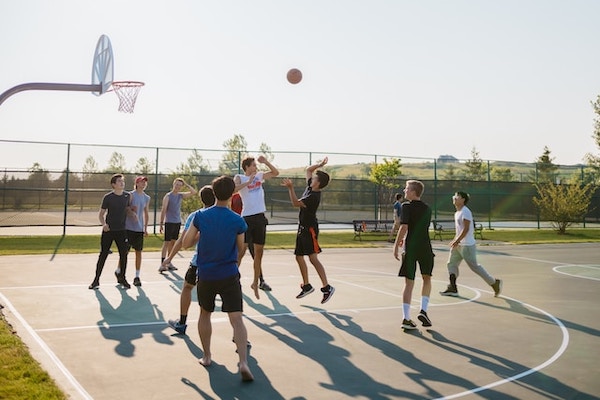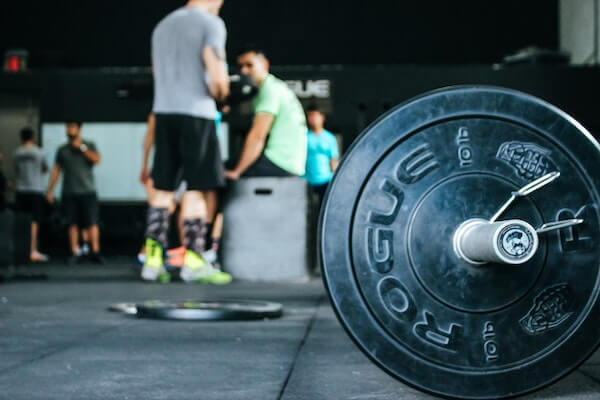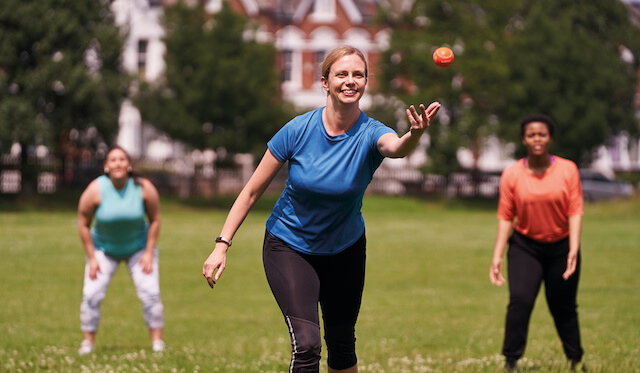
Stop the Sprawl: Why Combining Activity and Diet Beats Harmful Belly Fat
It’s a common experience for many Australians: as we hit midlife, the scales start to creep up, and perhaps more worryingly, the dreaded belly fat starts to settle in. While a few extra kilos might seem inevitable with age, new international research highlights a critical point: it’s not just how much weight you gain, but where it sits, and how you choose to fight it.
The Research: Diet and Movement Are Better Together
A comprehensive study following thousands of adults over seven years, published in the prestigious JAMA Network Open, examined how changes in diet quality and physical activity affected weight and body fat distribution over time. The key takeaway for anyone wanting to maintain a healthy body composition? Going hard on one area isn't enough—you need to combine the two.
The researchers found that while improving diet quality alone, or increasing physical activity alone, were both linked to slower overall weight gain, the greatest benefits were seen in participants who adopted both a healthier diet and increased their physical activity levels.
Visceral Fat: The Hidden Health Hazard
The study focused specifically on what’s known as visceral fat. This is the body fat stored deep inside the abdominal cavity, wrapping around vital organs like the liver, pancreas, and intestines. This makes it very different from subcutaneous fat, which is the "pinchable" fat that sits just under the skin.
Visceral fat is often called “active fat” because it’s a living tissue that secretes hormones and inflammatory chemicals directly into the bloodstream. These chemicals are not friendly to your health. They can attack blood vessels, raise blood pressure, and significantly increase the body’s resistance to insulin—the very pathway that can lead to serious conditions common in Australia, including:
- Type 2 diabetes and metabolic syndrome
- Heart disease and stroke
- Certain cancers
- High blood pressure (Hypertension)
The research underscored this risk, showing that improving diet and activity was most effective at preventing the accumulation of this particular, harmful type of fat. Participants who successfully combined the two gained significantly less body fat overall and accumulated around **16% less visceral fat** compared to those who didn't change their habits.
Making Small, Sustained Changes Work for You
This research confirms that the best defence against harmful weight gain isn't an extreme diet or exhausting training schedule—it’s making sustainable, enjoyable changes that stick. Think about how you can integrate these combined efforts into your daily Aussie life:
- Double Up Your Efforts: Don't just focus on moving; focus on refuelling with fresh, healthy options afterwards. Swap the weekly takeaway for a home-cooked meal packed with seasonal veggies and lean protein, then follow it up with a family walk.
- Find Activities You Love: Physical activity doesn’t need to be a solitary grind at the gym. Joining a local social walking group, hitting the tennis court, or trying a community fitness class makes exercise fun, predictable, and easier to sustain.
- Embrace the Mediterranean Mindset: The 'diet' pattern used in the study emphasised fruits, vegetables, whole grains, and healthy fats like olive oil, while limiting red meat and sweets. Think simple, fresh food—perfect for the Australian climate!
The researchers noted that despite challenges posed by modern environments, the benefits stemmed from "small, sustained changes." Whether you’re finding a local community sports team or simply dedicating more time to cooking whole foods, adopting this combined strategy is the most effective way to promote healthier ageing and keep that harmful belly fat at bay.
Reference
For further reading on the study, you can access the research here: https://jamanetwork.com/journals/jamanetworkopen/fullarticle/2841742






